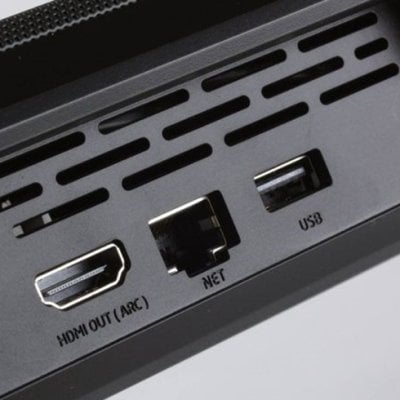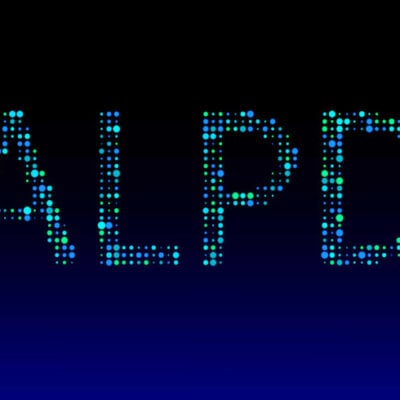XPR Technology refers to Xpanded Pixel Resolution, a kind of pixel-shifting technology developed by TI (Texas Instruments), which can help to achieve a higher resolution.

By means of its ultra-fast pixel shifting speed, the image pixels can achieve 8.3 million by doubling the 0.66” DMD’s 2716 x 1528 pixels or quadruples the 0.47” DMD chip’s 1920 x 1080 pixels, and the pixels are diagonally shifting back and forth at 120 Hz or 240 Hz respectively. However, the image resolution achieved by means of this technology is not native 4K.

This kind of displacement helps to improve the image effect benefited from the Persistence of Vision phenomenon.
Pixel-shifting is a general technology term, which includes different technical methods, including XPR Technology, Epson’s e-shift technology, and other similar technologies from other brands.
Though the image resolution is better after adopting XPR technology, there are still some shortcomings.
What are the Shortcomings of XPR Technology?
The light transmittance will decline by 3% or below.
A higher cost compared with those similar projectors without XPR technology.
The light transmittance will decline by 3% or below. The higher cost compared with those similar projectors without XPR technology.
There are differences in terms of clarity, resolution, and contrast among different models.
Errors may appear in the pixel moving process.




